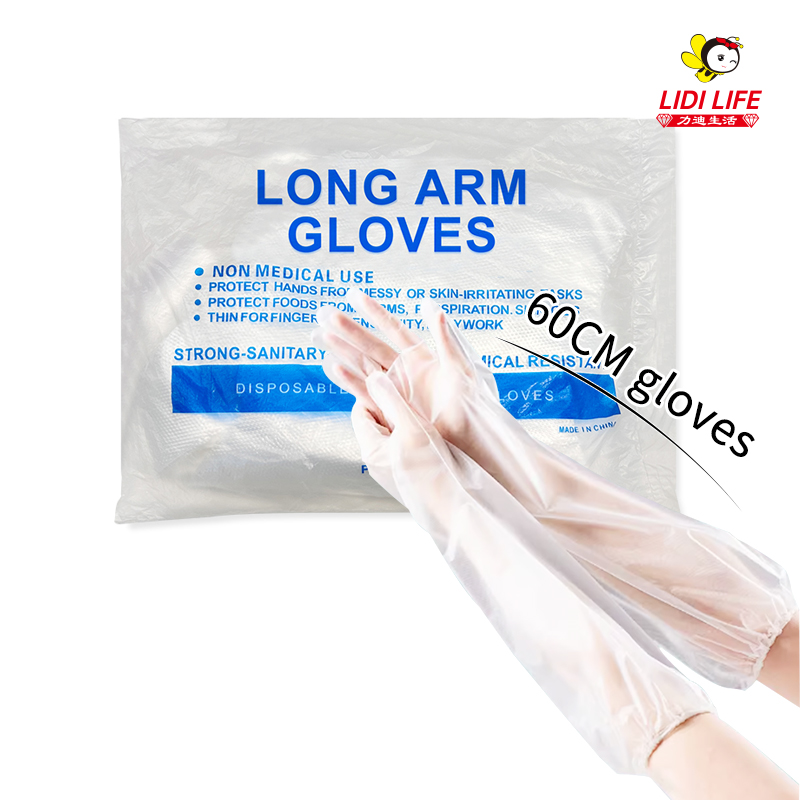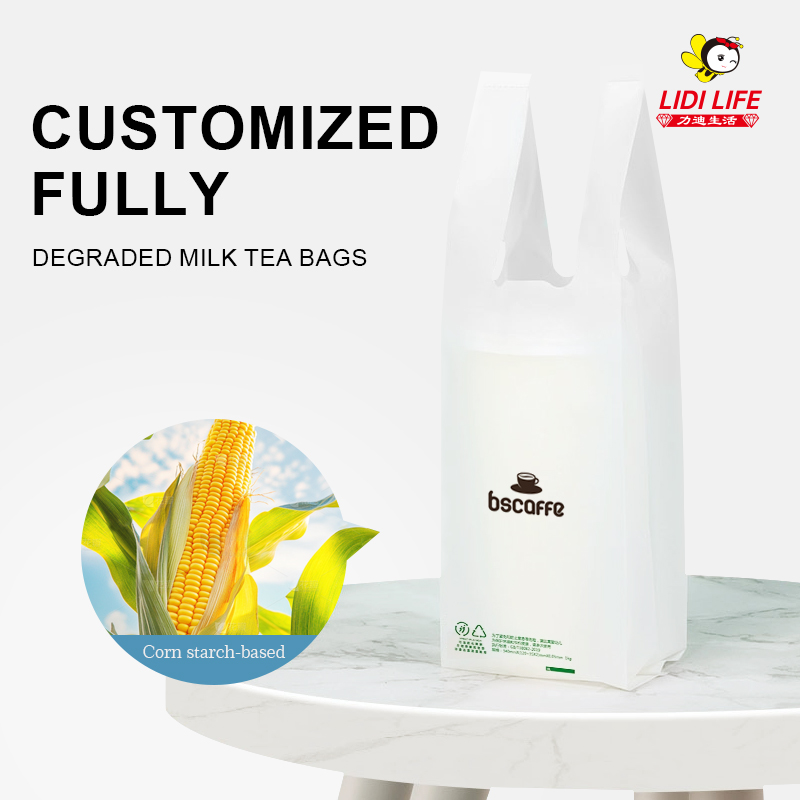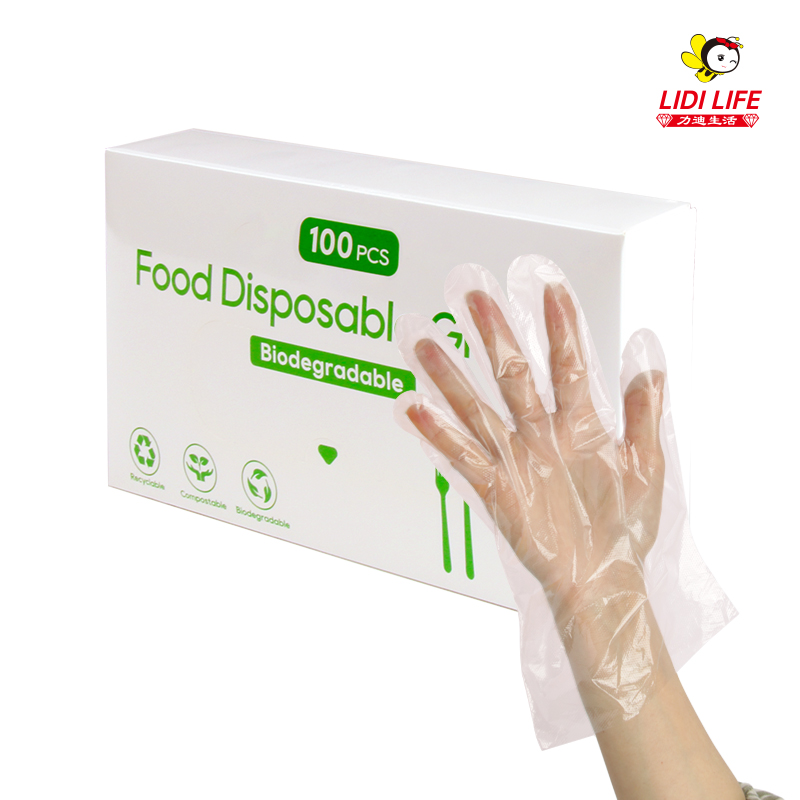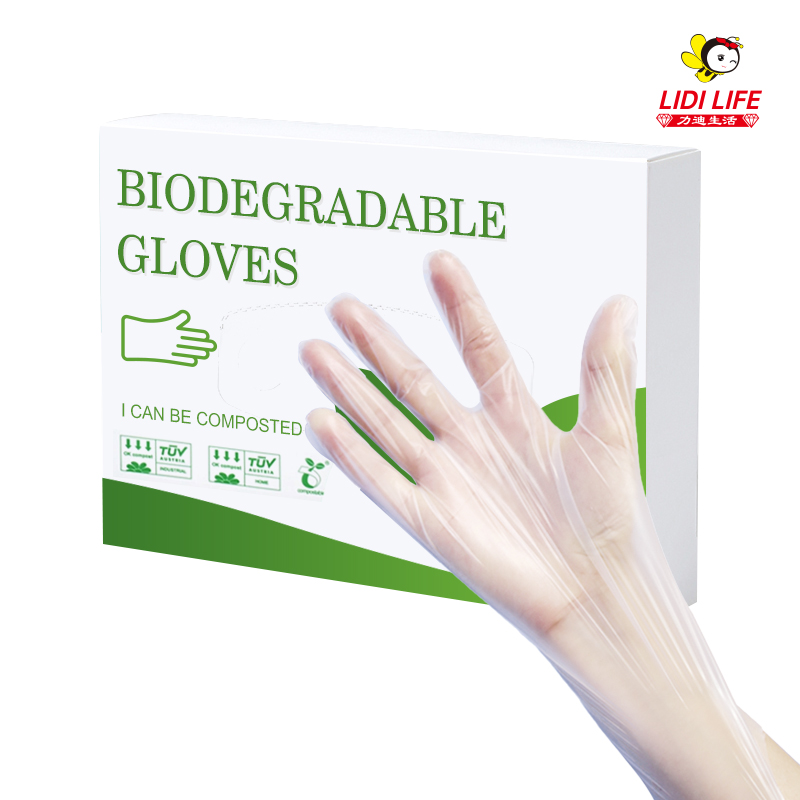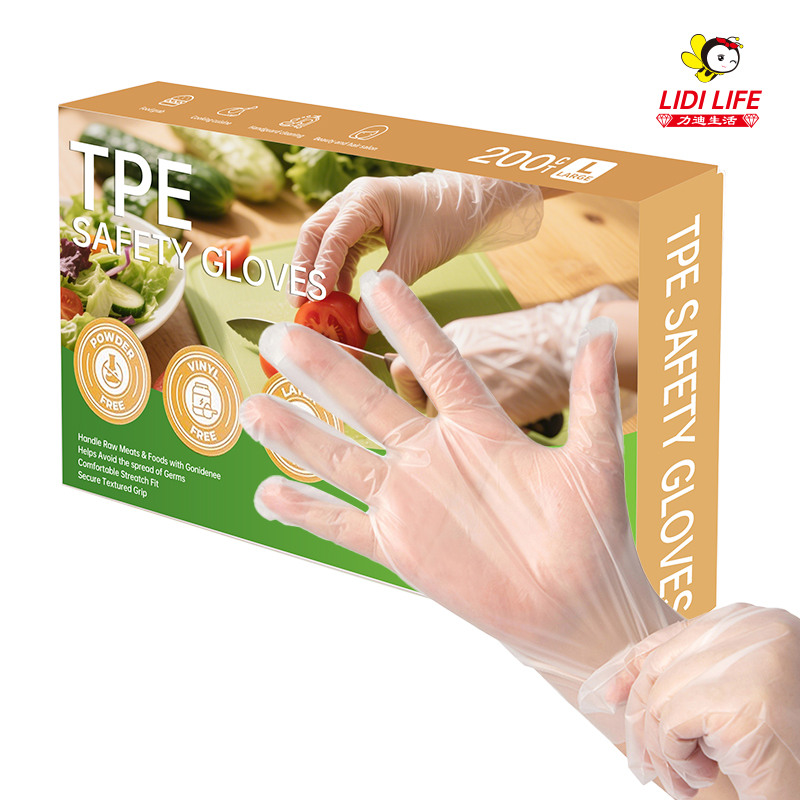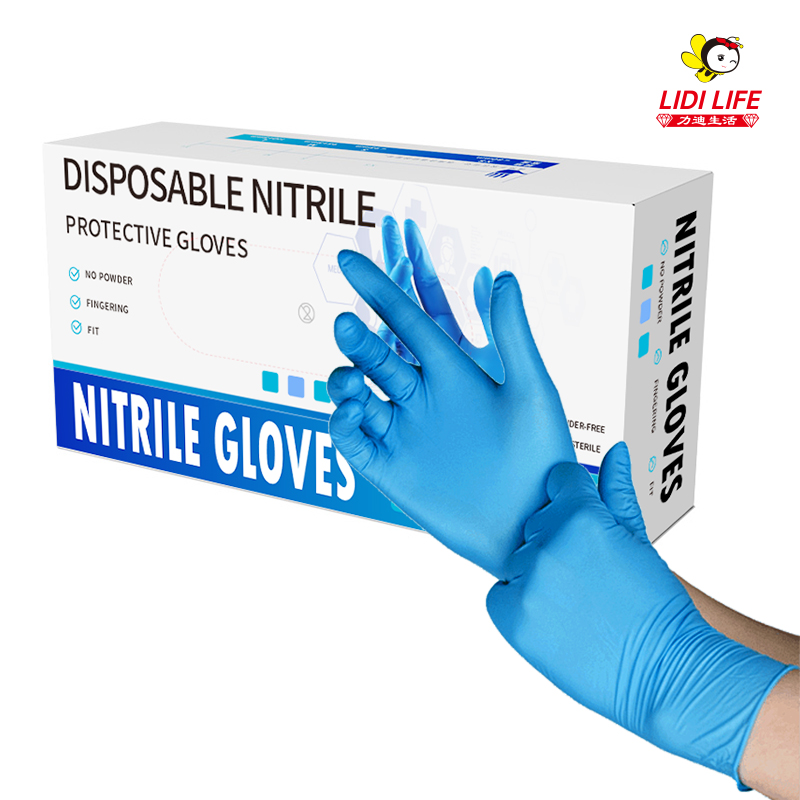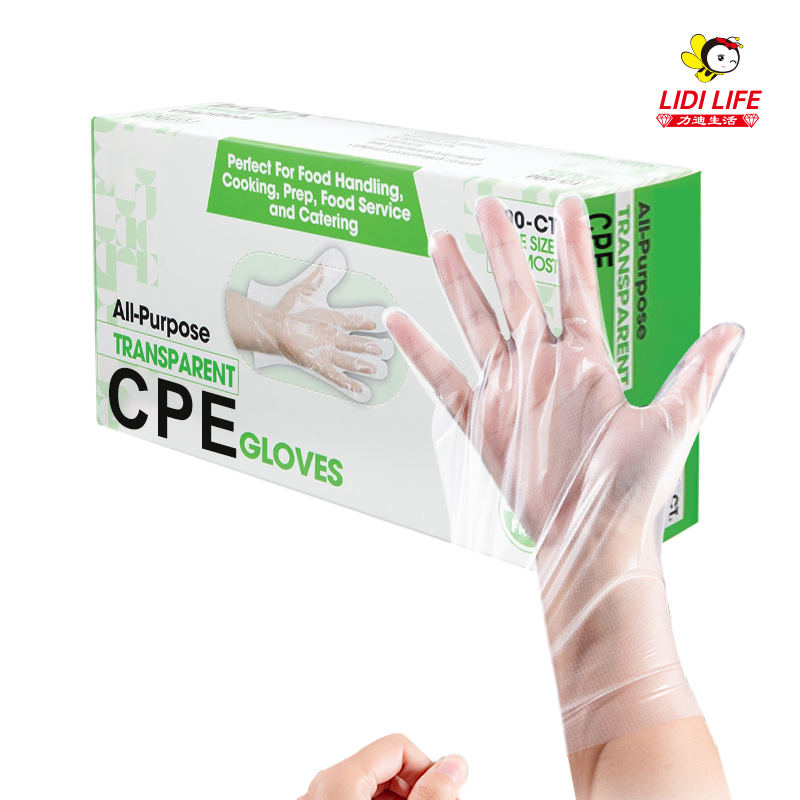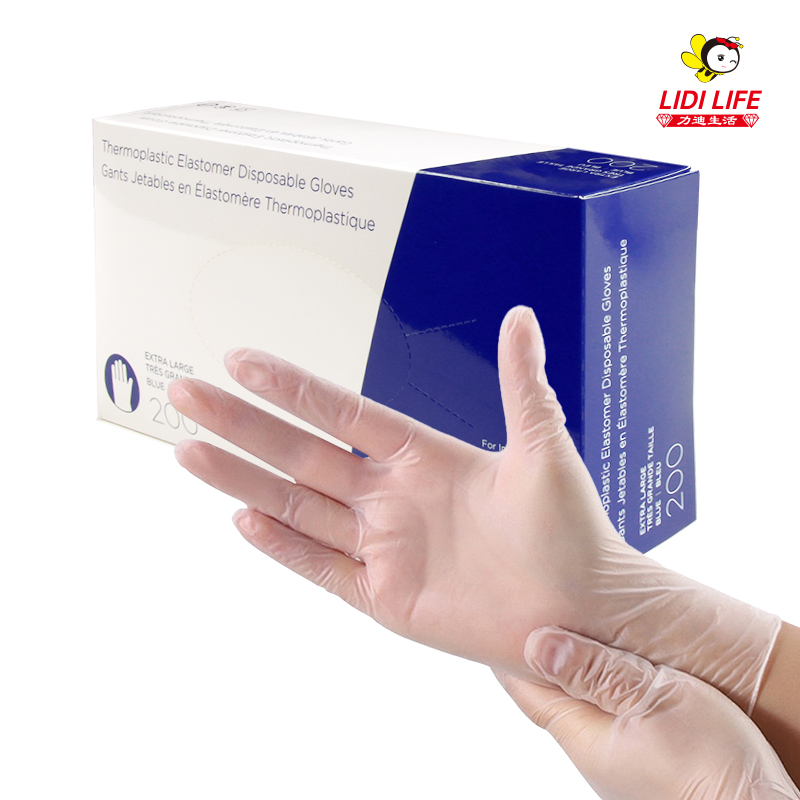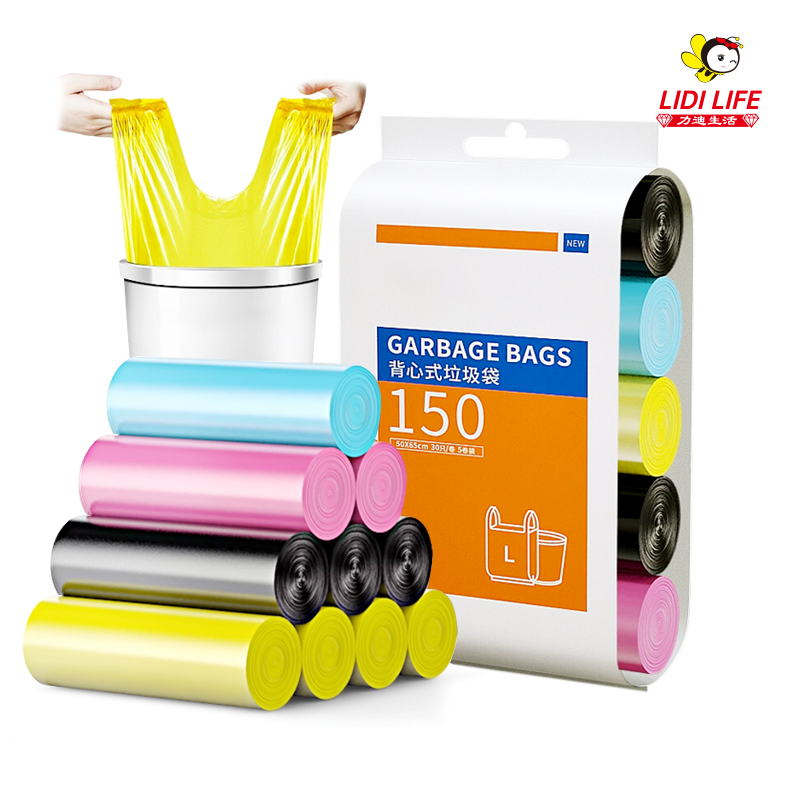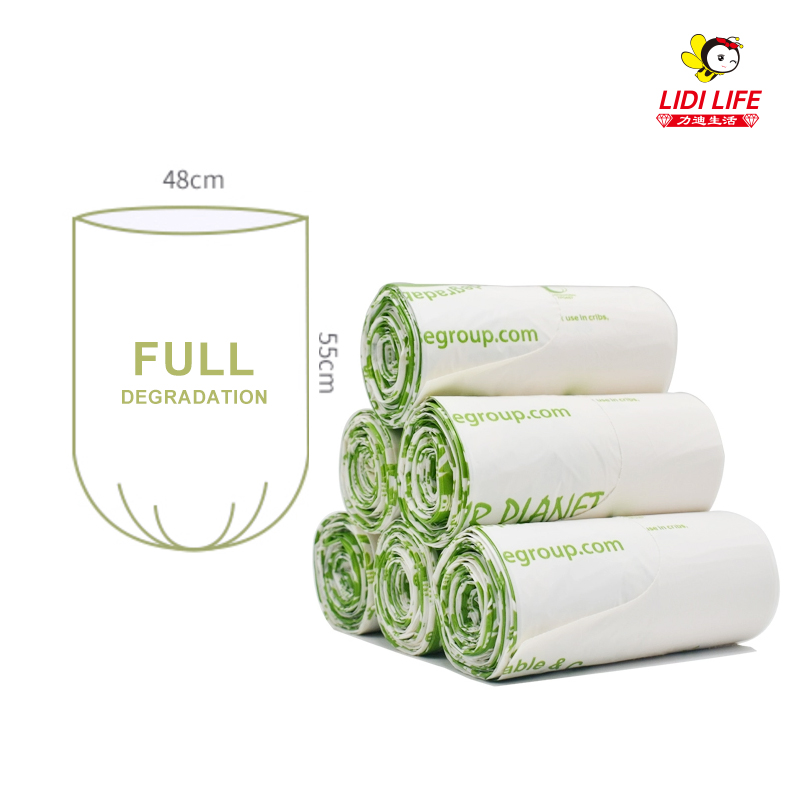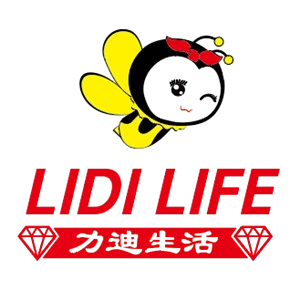Executive Summary
This analysis examines consumer behavior patterns across five key disposable glove segments: biodegradable gloves , PE disposable gloves , gloves for food preparation , long disposable gloves , and microflex gloves . The report identifies market drivers, purchasing preferences, and emerging trends in the global disposable gloves industry, valued at $14.2 billion in 2024.
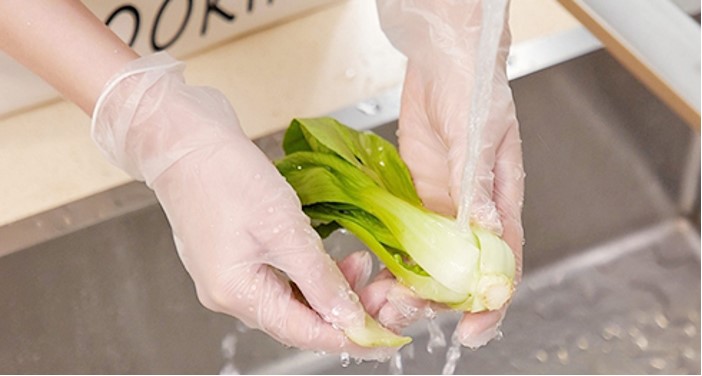
PVC elastic gloves
Market Segmentation and Growth Projections
Global Market Overview
Current valuation: $14.2 billion (2024)
Projected CAGR: 7.8% (2024-2030)
Key growth sectors:
Healthcare: 38% market share
Food service: 32% market share
Industrial: 22% market share
Residential: 8% market share
Keyword-Specific Market Shares
Biodegradable gloves: 8% of total market, growing at 12% CAGR
PE disposable gloves: 23% of food service segment
Gloves for food preparation: 29% of total disposable glove sales
Long disposable gloves: 15% of industrial/medical segments
Microflex gloves: 9% of premium glove category
Regional Adoption Patterns
North America leads in microflex gloves adoption (58% of premium market), while Europe shows strongest growth for biodegradable gloves (25% market penetration). Asia-Pacific remains the largest consumer of PE disposable gloves (72% regional share), particularly for gloves for food preparation applications.
Detailed Consumer Behavior Analysis
Biodegradable Gloves (8%)
Environmental concerns drive 68% of commercial kitchens to evaluate biodegradable gloves, though price premiums limit residential adoption. Key findings:
Certified compostable biodegradable gloves command 15-20% price premiums
Europe accounts for 45% of global biodegradable gloves consumption
Performance concerns affect 29% of potential biodegradable gloves buyers
Sustainability-driven consumers show distinct preferences:
68% willing to pay 15-20% premium for certified compostable options
Top applications:
Organic food handling (42%)
Eco-conscious events (28%)
Sustainable packaging (19%)
Purchase barriers:
Limited availability (37% of consumers report difficulty sourcing)
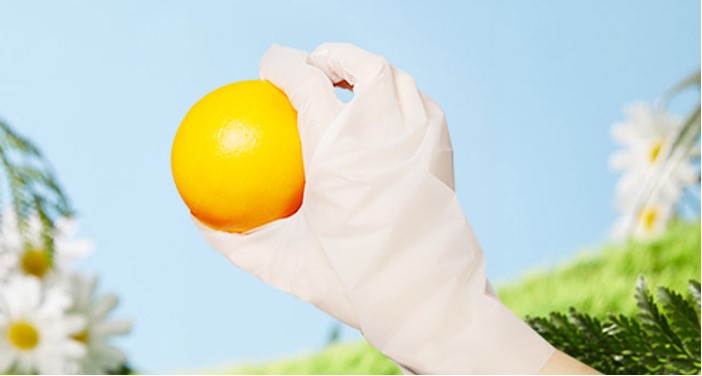
Biodegradable gloves
PE Disposable Gloves (7%)
Polyethylene gloves dominate budget-conscious segments:
Food service adoption:
Fast food: 89% usage rate
Cafeterias: 76% usage rate
Food trucks: 92% usage rate
Average consumption: 50-75 pairs per food worker weekly
Key purchase factors:
Price sensitivity (82% rank cost as primary factor)
Transparency (91% prefer clear gloves for food visibility)
Gloves for Food Preparation (9%)
Specialized food handling gloves show unique patterns:
Material preferences:
PE: 55% market share
Vinyl: 28%
Nitrile: 12%
Other: 5%
Color-coding trends:
Red for raw meat (62% adoption)
Blue for seafood (48%)
Green for produce (39%)
Sizing requirements:
Medium: 58% of purchases
Large: 32%
Small: 10%
Long Disposable Gloves (6%)
Extended-length gloves serve niche markets:
Primary applications:
Industrial cleaning (38%)
Medical procedures (29%)
Laboratory work (19%)
Automotive (14%)
Length preferences:
12-14 inches: 45% of sales
15-18 inches: 38%
19+ inches: 17%
Material breakdown:
Nitrile: 52%
Latex: 23%
PVC: 18%
Other: 7%
Microflex Gloves (6%)
The premium microflex gloves brand demonstrates strong professional loyalty:
68% of US nurses recognize microflex gloves
Surgical settings show 42% preference for microflex gloves
Users rate microflex gloves 4.7/5 for tactile sensitivity
Key selling points:
Superior fit (93% satisfaction rate)
Durability (lasts 30% longer than competitors)
Price positioning:
25-30% premium over generic nitrile
18% repeat purchase rate for microflex gloves

CPE long gloves
Purchase Decision Drivers
Primary Considerations
Food safety compliance (for food preparation gloves).Food safety compliance drives gloves for food preparation sales
Chemical resistance (long disposable gloves).Chemical resistance determines long disposable gloves selection
Environmental impact (biodegradable options).Environmental concerns boost biodegradable gloves adoption
Tactile precision (Microflex).Brand reputation influences microflex gloves purchases
Cost efficiency (PE disposable gloves).Cost efficiency maintains PE disposable gloves dominance
Emerging Influences
Sustainability certifications increasingly important for biodegradable gloves
Smart packaging gaining traction for gloves for food preparation
Antimicrobial treatments enhancing microflex gloves value proposition
Thickness variations improving long disposable gloves performance
Recycled content being introduced in PE disposable gloves
Regional Consumption Patterns
North America
Leads in Microflex adoption (58% of premium glove market)
Stringent food safety laws boost food preparation glove sales
Biodegradable segment growing at 14% annually
Europe
PE glove usage declining due to plastic restrictions
Biodegradable options capture 25% market share
Long gloves favored in industrial applications
Asia-Pacific
PE gloves dominate (72% of food service market)
Emerging interest in premium brands like microflex
Food preparation glove demand growing at 11% CAGR
Future Trends and Innovations
Market Projections
Biodegradable gloves to grow at 14% CAGR through 2030
PE disposable gloves facing regulatory challenges in Europe
Gloves for food preparation benefiting from stricter food safety laws
Long disposable gloves seeing innovation in chemical resistance
Microflex gloves expanding into new medical specialties
Material Advancements
Plant-based PE alternatives
Enhanced biodegradable formulations
Self-healing polymers
Smart Features
Embedded sensors for wear-time monitoring
Color-change indicators for contamination
RFID tracking for inventory control
Sustainability Initiatives
Closed-loop recycling programs
Carbon-neutral manufacturing
Waterless production methods
Strategic Recommendations
Invest in R&D for improved biodegradable gloves performance
Develop cost-competitive alternatives to PE disposable gloves
Enhance functionality of gloves for food preparation
Expand applications for long disposable gloves
Strengthen brand positioning for microflex gloves
Consumer Engagement Strategies

Hanging hole gloves
For Biodegradable Gloves
Highlight compostability certifications
Partner with sustainability organizations
Educate on proper disposal methods
For PE Disposable Gloves
Emphasize cost savings
Offer bulk purchase discounts
Develop private label options
For Food Preparation Gloves
Promote food safety compliance
Develop color-coding systems
Provide usage training materials
For Long Disposable Gloves
Stress chemical resistance
Offer application-specific variants
Highlight durability benefits
For Microflex Gloves
Leverage brand reputation
Target healthcare professionals
Offer sampling programs
Conclusion and Market Outlook
The disposable gloves market continues to evolve with increasing segmentation. While PE disposable gloves maintain dominance in cost-sensitive applications, biodegradable gloves are gaining traction among eco-conscious consumers. Specialized gloves for food preparation show steady growth due to heightened food safety awareness, while long disposable gloves remain essential in industrial and medical settings. Premium brands like microflex continue to command loyalty through superior performance.
Recommendations for Stakeholders:
Invest in sustainable materials to meet growing demand for biodegradable options
Develop application-specific variants for food preparation and industrial uses
Enhance premium offerings to compete in the microflex segment
Educate consumers on proper glove selection and usage
Monitor regulatory changes affecting PE glove usage
For more detailed information about our products including pe disposable gloves,gloves for food preparation,long disposable gloves,microflex gloves please visit the product introduction section on our company's official website.


